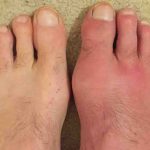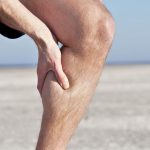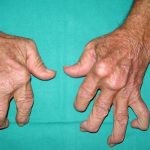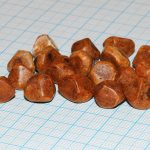Athlete’s Foot
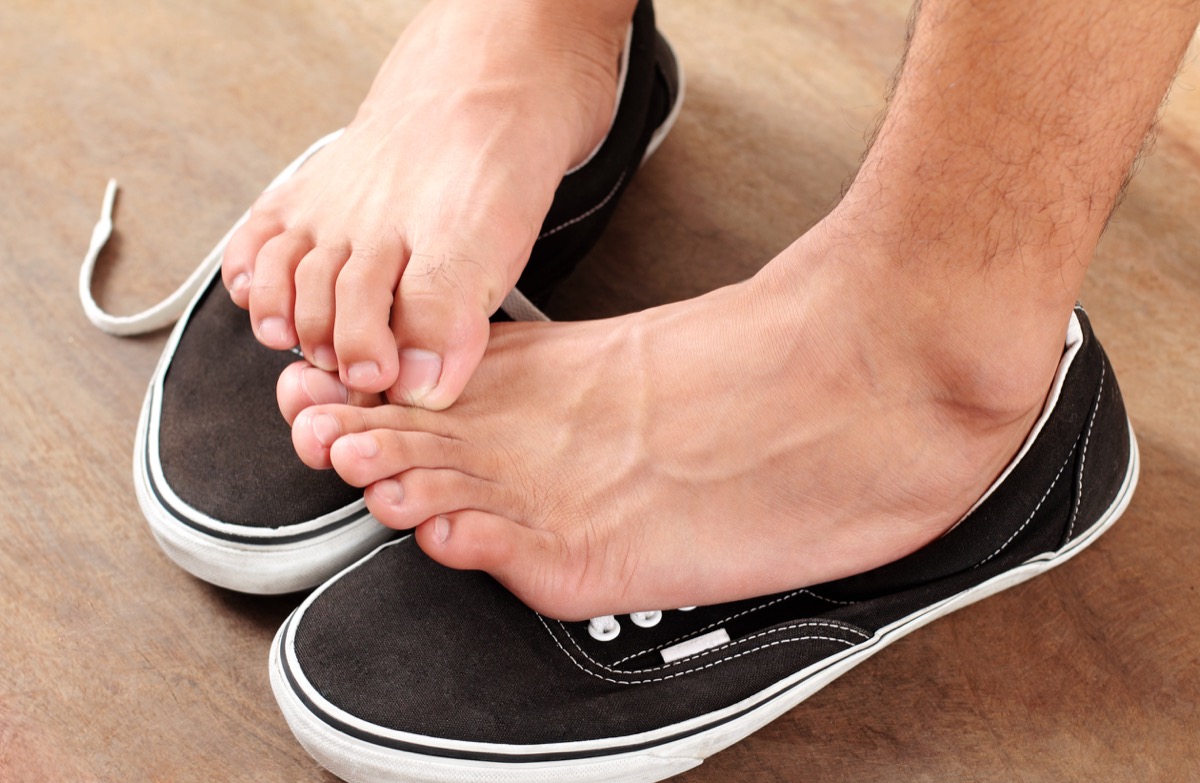
There is more than one variation of athlete’s foot. In fact, athlete’s foot is the term used for any kind of inflammatory disease affecting the skin between the toes and soles of the foot. Sometimes, athlete’s foot is scaly, red, weeping, or comes with oozing blisters. It can also be fungal, but the exact cause can only be distinguished through testing.
Fungal athlete’s foot is called tinea pedis, and it refers to the fungus that affects the foot. The fungus can be picked up in damp locations, such as gyms, swimming pools, communal showers, salons, locker rooms, and shoes and socks that have been contaminated with the fungi. Person-to-person contact can also spread athlete’s foot. That said, most people acquire athlete’s foot from walking around barefoot somewhere another person carrying tinea pedis has been.
Many people who have athlete’s foot develop little to no symptoms. They won’t even know they have an infection. Others just get dry skin on the soles of the foot, which is common for most people, even those with no foot problems. More severe athlete’s foot will result in itching, burning, fissuring, cracking, and blistering.
To avoid getting athlete’s foot, it is recommended to wear moisture-wicking socks and breathable shoes; for those who perspire excessively from their feet, the use of antiperspirants can help keep the feet dry.
Fungal infections are usually treated with topical anti-fungal creams. If athlete’s foot isn’t caused by fungus, then other treatments will be suggested, but you won’t know the cause until you make an appointment with your doctor.
More from Things Health
-
Symptoms of Gout
Gout is a form of inflammatory arthritis characterized by recurrent attacks of a red, tender, hot, and swollen joint. Pain typically comes on rapidly in…
-
Causes Of Itchy Eyes
Did you know that insufficient humidity inside the body may cause dry itchy eyes? If you're somebody who does not drink enough fluids each day…
-
Understanding the Causes of Leg Cramps
Leg pains and cramps can be a very uncomfortable experience for anyone. Thus, it is essential that you understand what remedies will work for you…
-
Symptoms Of Rheumatoid Arthritis
Rheumatoid arthritis is a chronic autoimmune illness, which accompanies irritation of the joints and apparent deformities. Maybe a virus, causes an attack on the synovium…
-
10 Common Causes of Gallstones
Gallstones are made up of cholesterol that develop in the gallbladder and are usually harmless. However, in the event that they grow larger and start…

